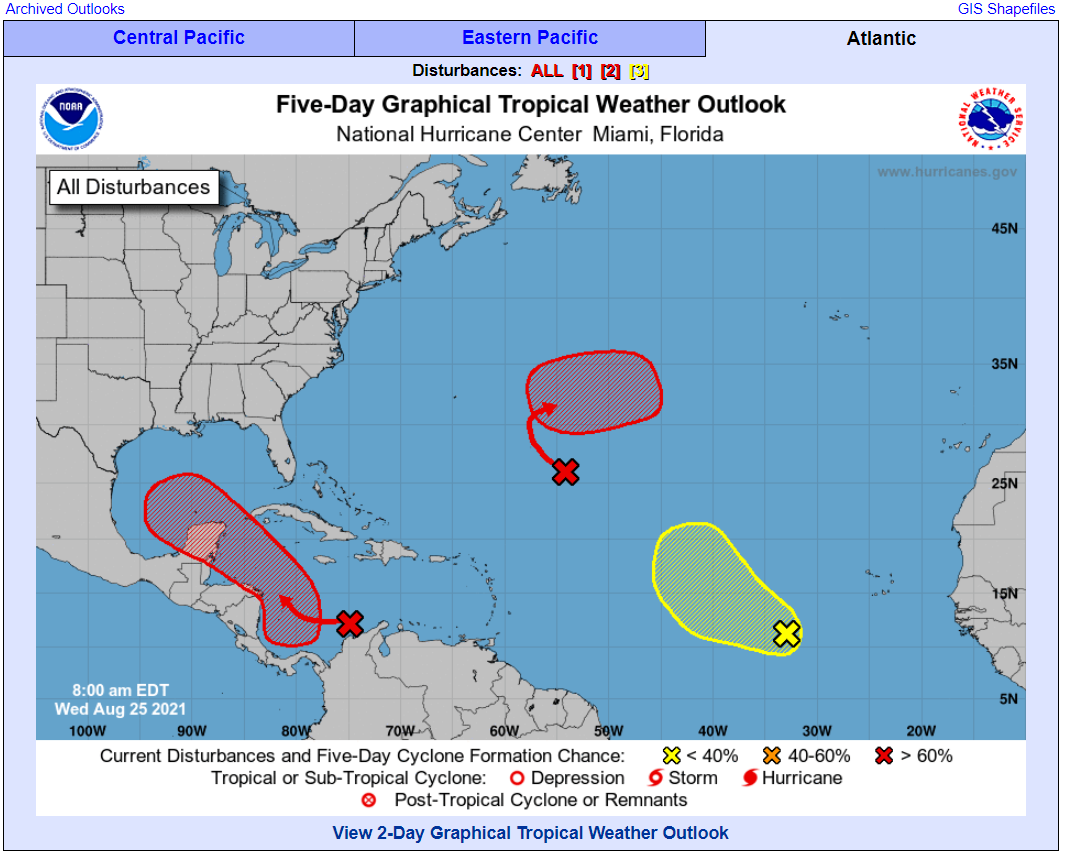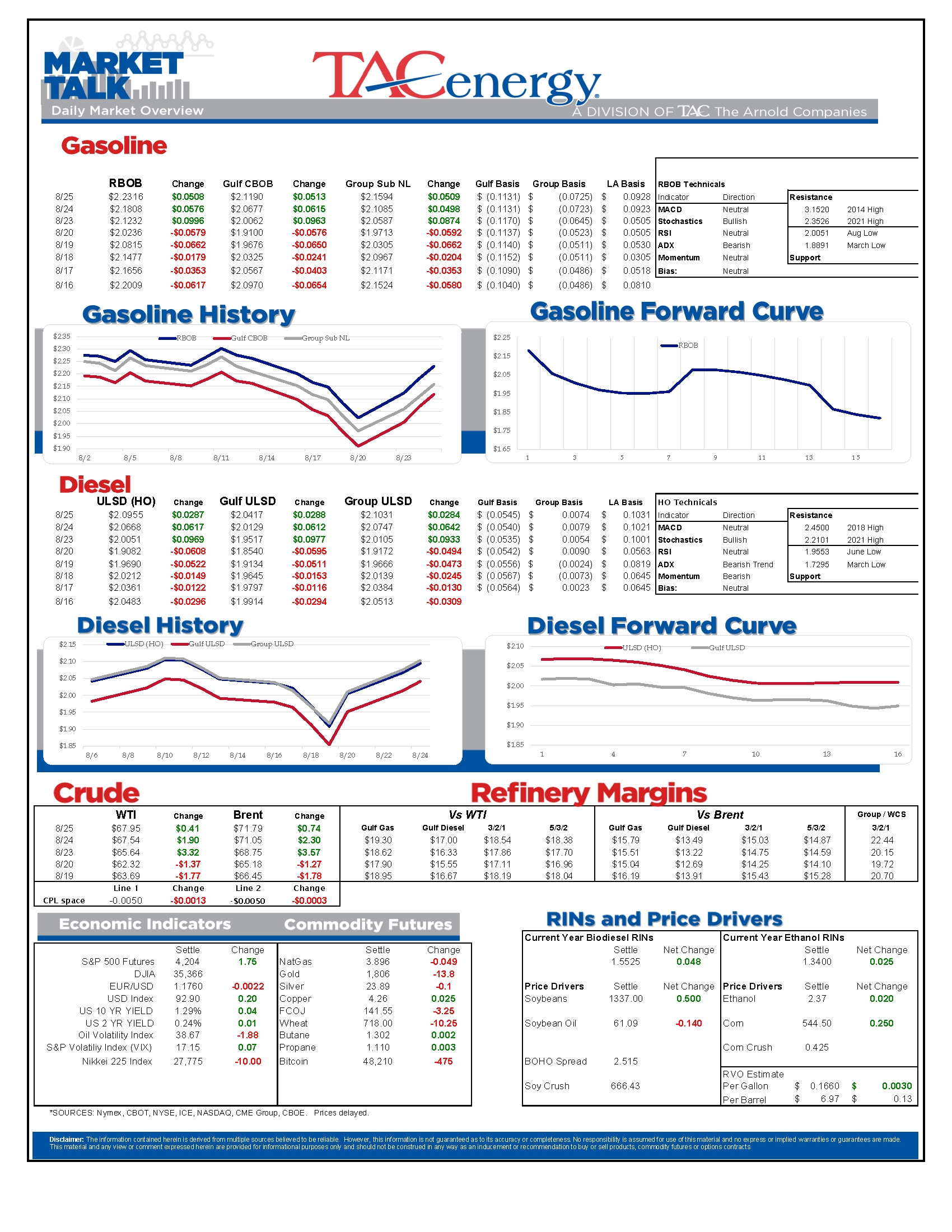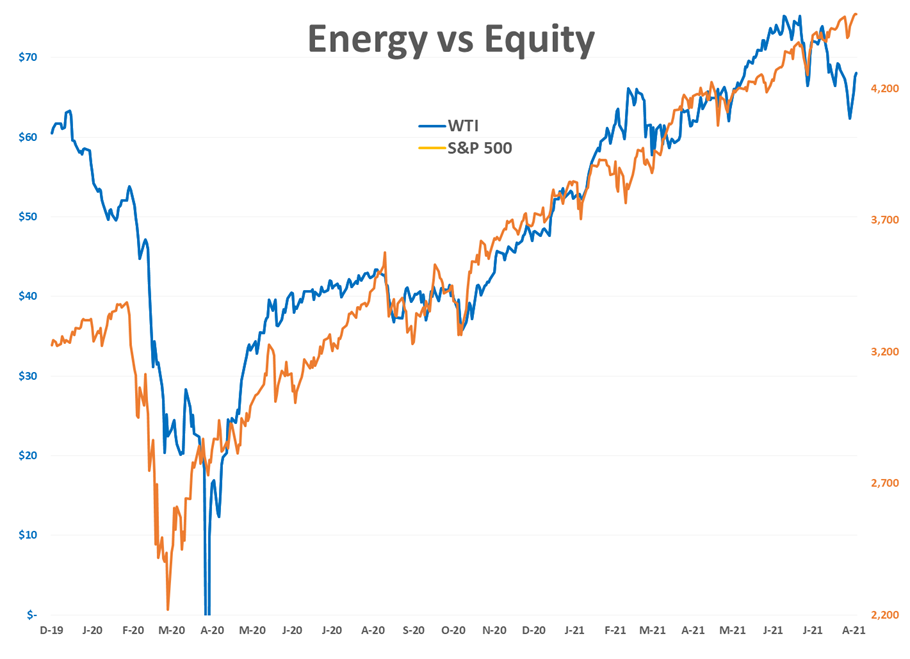Cocktail Of Bullish Headlines Push Markets Higher

Optimism abounds this week as a cocktail of bullish headlines push energy and equity markets higher for a third day. Markets around the world cheer improving COVID stats, the official approval of a vaccine, the reopening of the world’s 3rd largest port, and energy markets are getting an added boost from inventory declines and another hurricane threat.
While this 3 day rally, that’s added 20 cents or more from Friday’s lows, has taken the chance of a technical collapse off the table near term, there’s still work to be done to eliminate the longer threat of a lower trend. Peg the starting levels of the 7 day selloff as the targets we’ll need to see broken if the bulls want to take back control longer term. RBOB futures will transition to the winter grade spec next week, which will knock 13 cents off of prompt values. If you’re wondering why gasoline basis values in your local market suddenly jumped in the past couple of days, odds are physical trades in your region are now referencing the October RBOB contract.
It looks like there’s a good chance we could see a hurricane heading towards the US Gulf Coast next week. The storm system in the Caribbean that was given just 20% odds of development a few days ago, now has 80% odds of developing and early models have it pointed anywhere from Northern Mexico to Corpus Christi, Houston, or perhaps even Louisiana as we mark the 4 year anniversary of Hurricane Harvey. The name of this storm, assuming it develops, will likely be Ida, but could be Julian if one of the other 2 storms churning over the Atlantic is named first. Neither of those appears to be a threat to the US at this point.
It’s another week of small changes from the API report, which was said to show inventory drawdowns across the board last week. Crude oil inventory dropped by 1.6 million barrels, gasoline was down almost 1 million barrels, and distillates dropped by 245,000 barrels. The DOE’s weekly report is due out at its normal time today.
Add another renewable diesel project to the pile: Exxon’s subsidiary Imperial oil announced a new plan to co-produce renewable diesel at its refinery in Edmonton, expanding the company’s strategy of co-producing rather than converting its existing facilities as we’ve seen other refiners do. Canada’s Clean Fuel Standard takes effect next year, giving more financial incentive for this type of investment, and adding to the competition for feedstocks and renewable products that’s pulling traditional biodiesel away from the US markets that don’t have a credit program to offset the higher costs of those fuels.
Speaking of which, after RINs got hammered last week when reports suggested the EPA was going to lower its RFS target for 2021, and raise it for 2022, we’re seeing values gap higher this morning, with trades already 18 cents above Monday’s lows. With this type of move, odds are we’ll see another update on the EPA’s plans (or lack of) later this morning.
Click here to download a PDF of today's TACenergy Market Talk.
Latest Posts
Week 16 - US DOE Inventory Recap
Energy Markets Trading Quietly In The Red As Ethanol Prices Rally To Five-Month High
The Struggle For Renewable Producers Continues As A Rapid Influx Of Supply And Crashing Credit Prices Make Biodiesel
After Years Of Backwardation, Diesel Prices Have Slipped Into Contango Over The Past Week
Social Media
News & Views
View All
Week 16 - US DOE Inventory Recap

Energy Markets Trading Quietly In The Red As Ethanol Prices Rally To Five-Month High
Energy markets are trading quietly in the red to start Wednesday’s session after a healthy bounce Tuesday afternoon suggested the Israel-Iran-linked liquidation had finally run its course.
There are reports of more Ukrainian strikes on Russian energy assets overnight, but the sources are sketchy so far, and the market doesn’t seem to be reacting as if this is legitimate news.
Ethanol prices have rallied to a 5-month high this week as corn and other grain prices have rallied after the latest crop progress update highlighted risks to farmers this year, lower grain export expectations from Ukraine, and the approval of E15 blends this summer despite the fact it pollutes more. The rally in grain and renewables prices has also helped RIN values find a bid after it looked like they were about to test their 4-year lows last week.
The API reported small changes in refined product inventories last week, with gasoline stocks down about 600,000, while distillates were up 724,000. Crude oil inventories increased by 3.2 million barrels according to the industry-group estimates. The DOE’s weekly report is due out at its normal time this morning.
Total reported another upset at its Port Arthur refinery that’s been a frequent flier on the TCEQ alerts since the January deep freeze knocked it offline and damaged multiple operating units. This latest upset seems minor as the un-named unit impacted was returned to normal operations in under an hour. Gulf Coast basis markets have shrugged off most reports of refinery upsets this year as the region remains well supplied, and it’s unlikely we’ll see any impact from this news.
California conversely reacted in a big way to reports of an upset at Chevron’s El Segundo refinery outside of LA, with CARBOB basis values jumping by more than a dime. Energy News Today continued to show its value by reporting the upset before the flaring notice was even reported to area regulators, proving once again it’s ahead of the curve on refinery-related events. Another industry news outlet meanwhile struggled just to remember where the country’s largest diesel seller is located.
Click here to download a PDF of today's TACenergy Market Talk

The Struggle For Renewable Producers Continues As A Rapid Influx Of Supply And Crashing Credit Prices Make Biodiesel
The sigh of relief selloff continues in energy markets Tuesday morning, with gasoline prices now down more than 20 cents in 7 sessions, while diesel prices have dropped 26 cents in the past 12. Crude oil prices are within a few pennies of reaching a 1 month low as a lack of headlines from the world’s hot spots allows some reflection into the state of the world’s spare capacity for both oil and refined products.
Gasoline prices are trading near a 6-week low this morning, but still need to fall about another nickel in order to break the weekly trendline that pushed prices steadily higher since December. If that trend breaks, it will be safer to say that we saw the end of the spring gasoline rally on April 12th for the 2nd year in a row. Last year RBOB futures peaked on April 12 at $2.8943 and bottomed out on May 4th at $2.2500. The high (at this point) for this year was set on April 12th at $2.8516, and the low overnight was $2.6454.
It’s not just energy commodities that are seeing an unwind of the “flight to safety” trade: Gold prices had their biggest selloff in 2 years Monday and continue to point lower today. Just how much money poured into commodities in the weeks leading up to the direct confrontation between Israel and Iran is unclear, but we have seen in year’s past that these unwind-events can create a snowball effect as traders can be forced to sell to cover their margin calls.
Supply > Demand: The EIA this morning highlighted the record setting demand for natural gas in the US last year, which was not nearly enough to offset the glut of supply that forced prices to a record low in February. A shortage of natural gas in Europe was a key driver of the chaotic markets that smashed just about every record in 2022, and an excess of natural gas supply in Europe and the US this year is acting as a buffer, particularly on diesel prices.
The struggle for renewable producers continues as a rapid influx of supply and crashing credit prices make Biodiesel, RD and SAF unprofitable for many. In addition to the plant closures announced in the past 6 months, Vertex Energy reported Monday it’s operating its Renewable Diesel facility in Mobile AL at just 50% of capacity in Q1. The truly scary part for many is that the $1/gallon Blender's tax credit ends this year and is being replaced by the “Clean” Fuel production credit that forces producers to prove their emissions reductions in order to qualify for an increased subsidy. It’s impossible to say at this point how much the net reduction will be for domestic producers, but importers will get nothing, and at current CI values, many biodiesel producers may see their “blend credit” cut by more than half.
Click here to download a PDF of today's TACenergy Market Talk.


